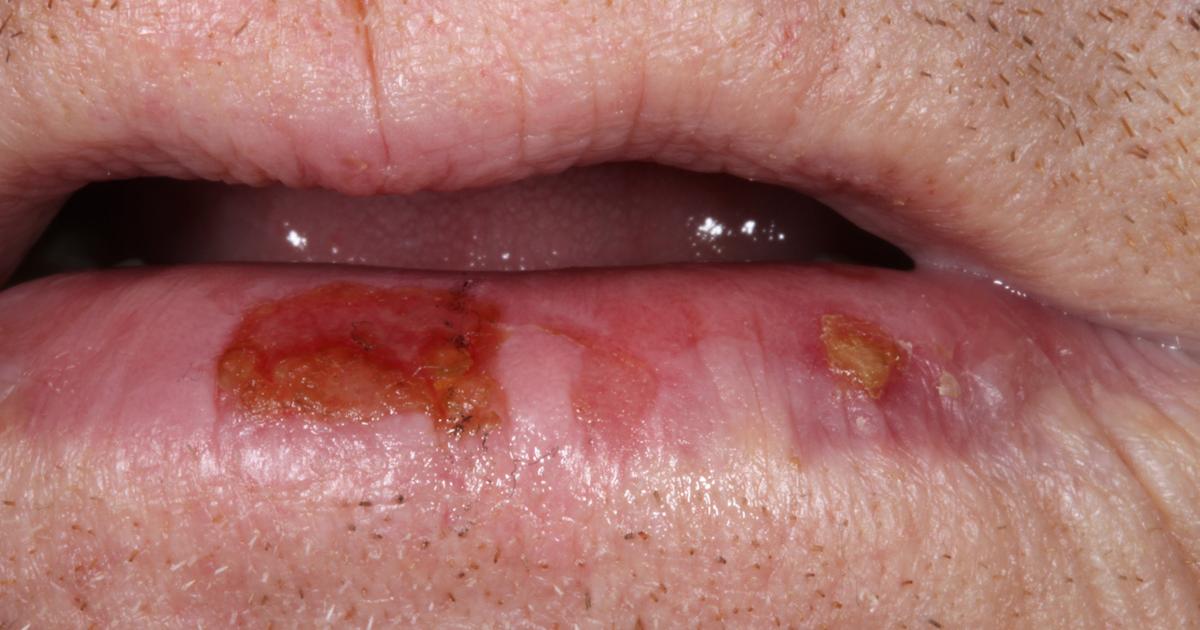Key Indicators Of Skin Cancer
Farmer's Lip

The notable cousin of the previous condition, actinic keratosis, is called actinic cheilitis or more commonly 'farmer's lip.' Farmer's lip is a fairly common pre-cancerous ailment, and it tends to appear on the lower lip of an affected individual. Persistent roughness and even scaly patches may be present on the lip as well. Less common indicators of farmer's lip include swelling of the lip(s), dominate lip lines and loss of the sharp border between the lip and skin. If the condition is left untreated, actinic cheilitis may, in turn, develop into invasive squamous cell carcinoma.
